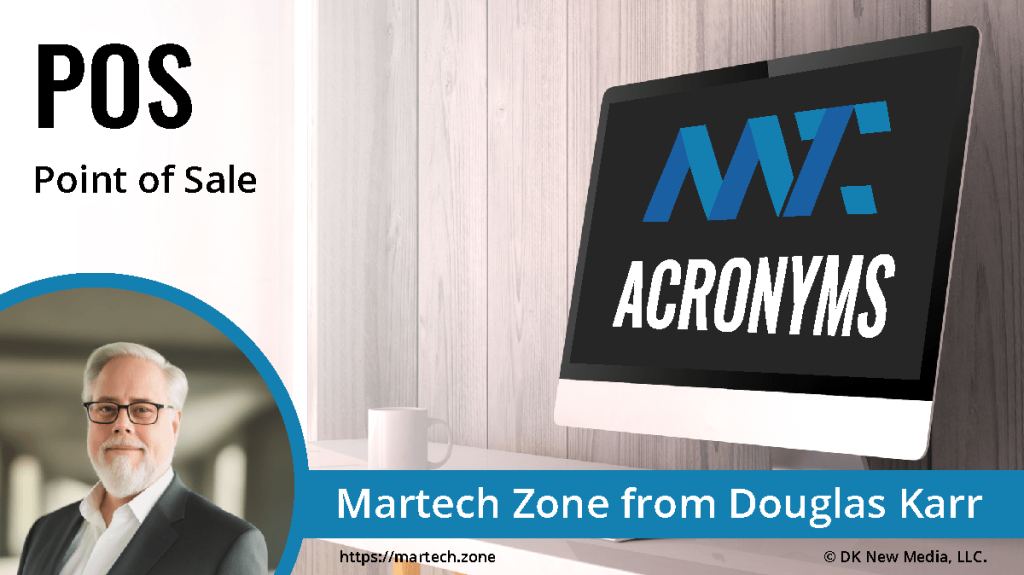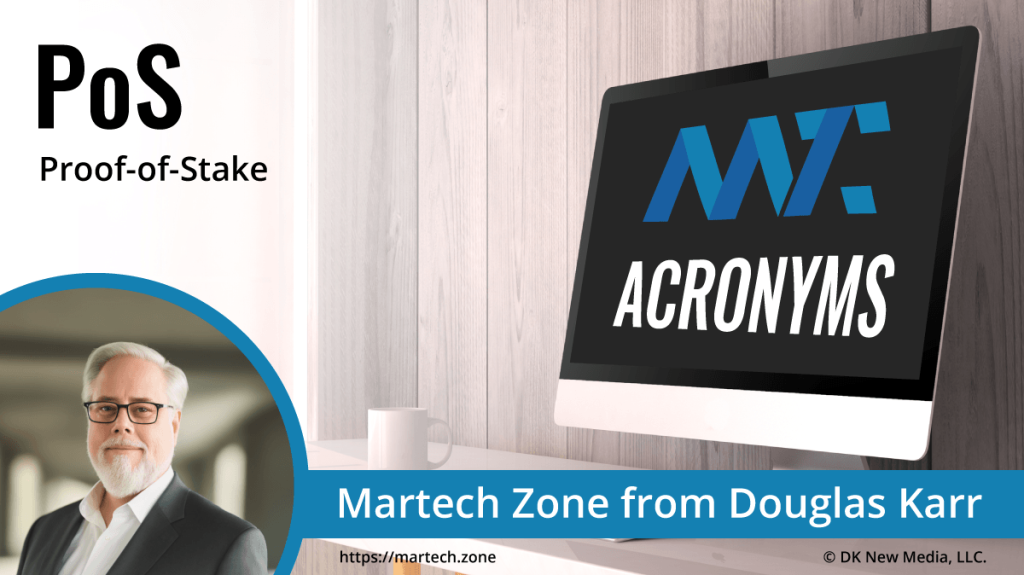Acronyms
Sales, Marketing, and Technology Acronyms and Abbreviations. Jump to acronyms beginning with the number or letter:
-
Acronyms Beginning With P

POI
A location or place that are of interest to consumers and can be targeted for marketing purposes. It is typically a physical location, such as a retail store, restaurant, landmark, or any other place where customers may gather or interact with products or services. POIs are significant for marketers because they represent opportunities to engage with potential customers, drive foot…
-
Acronyms Beginning With P

PoLP
A fundamental cybersecurity concept that dictates that users, systems, and applications should be granted the minimum level of access or permissions necessary to perform their functions. This principle is widely used in IT security to reduce the risk of accidental or intentional misuse, limit the spread of security breaches, and ensure compliance with industry regulations. How PoLP Works PoLP applies…
-
Acronyms Beginning With P

PoP
PoPs refer to geographically distributed network locations or data centers where a CDN provider has deployed its servers and network infrastructure. The primary purpose of these PoPs is to reduce the physical distance between the content (such as websites, videos, images, and other digital media) and the end-users. By having multiple PoPs, a CDN can deliver content more quickly and…
-
Acronyms Beginning With P

POPs
A fundamental pillar of Marketing Operations (MOPs) that focuses on managing, optimizing, and governance of marketing technology (MarTech) platforms. This includes selecting, integrating, and maintaining tools such as customer relationship management (CRM) systems, marketing automation platforms, content management systems (CMS), and analytics tools. POPs ensure that marketing teams have a stable and scalable technological foundation to execute campaigns effectively. Responsibilities…
-
Acronyms Beginning With P

POS
A combination of hardware and software businesses used to conduct sales transactions. Essentially, it’s where the sale happens. In a retail or hospitality setting, the POS system processes and records transactions, manages inventory, and can even track customer data. A POS system is a critical tool. It facilitates the actual transaction and offers valuable insights into customer behavior, sales trends,…
-
Acronyms Beginning With P

PoS
A consensus mechanism used by some blockchain networks as an alternative to Proof-of-Work (PoW). In a PoS system, validators (also called stakers) are chosen to create new blocks and validate transactions based on the amount of cryptocurrency they have staked or locked up as collateral. This contrasts PoW, where miners compete to solve mathematical puzzles to add new blocks. Key…
-
Acronyms Beginning With P

PoW
A consensus mechanism used by many blockchain networks, including Bitcoin and Ethereum (currently), to validate transactions, secure the network, and create new blocks. It requires participants, known as miners, to solve complex mathematical puzzles to add new blocks to the blockchain and receive rewards in the form of cryptocurrency. Key features of the PoW consensus mechanism include: Mining: Miners use…
-
Acronyms Beginning With P

PPC
An online advertising model in which advertisers pay a fee each time one of their ads is clicked. Essentially, it’s a way of buying visits to your site, rather than attempting to earn those visits organically. Search engine advertising is one of the most popular forms of PPC. It allows advertisers to bid for ad placement in a search engine’s…
-
Acronyms Beginning With P

PPI
PPI refers to the number of pixels (or picture elements) that are present in one inch of an image or a display. The higher the PPI, the more pixels are packed into each inch, resulting in a sharper and more detailed image. PPI is often used to describe the resolution of digital displays, such as computer monitors, smartphones, and tablets.…
-
PPJ
The cost that employers or recruiters have to pay for posting a single job listing on a particular employment website or platform. Employment sites often offer various pricing models for job postings, and one common approach is to charge a fee for each job advertisement. The price per job can vary depending on factors such as the website’s popularity, the…